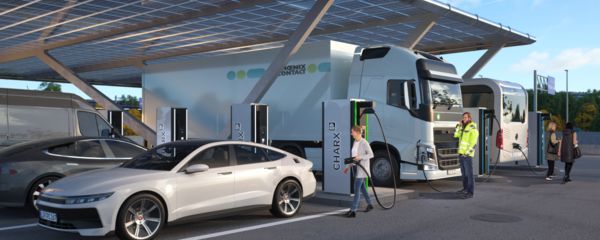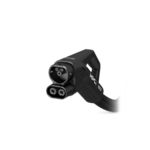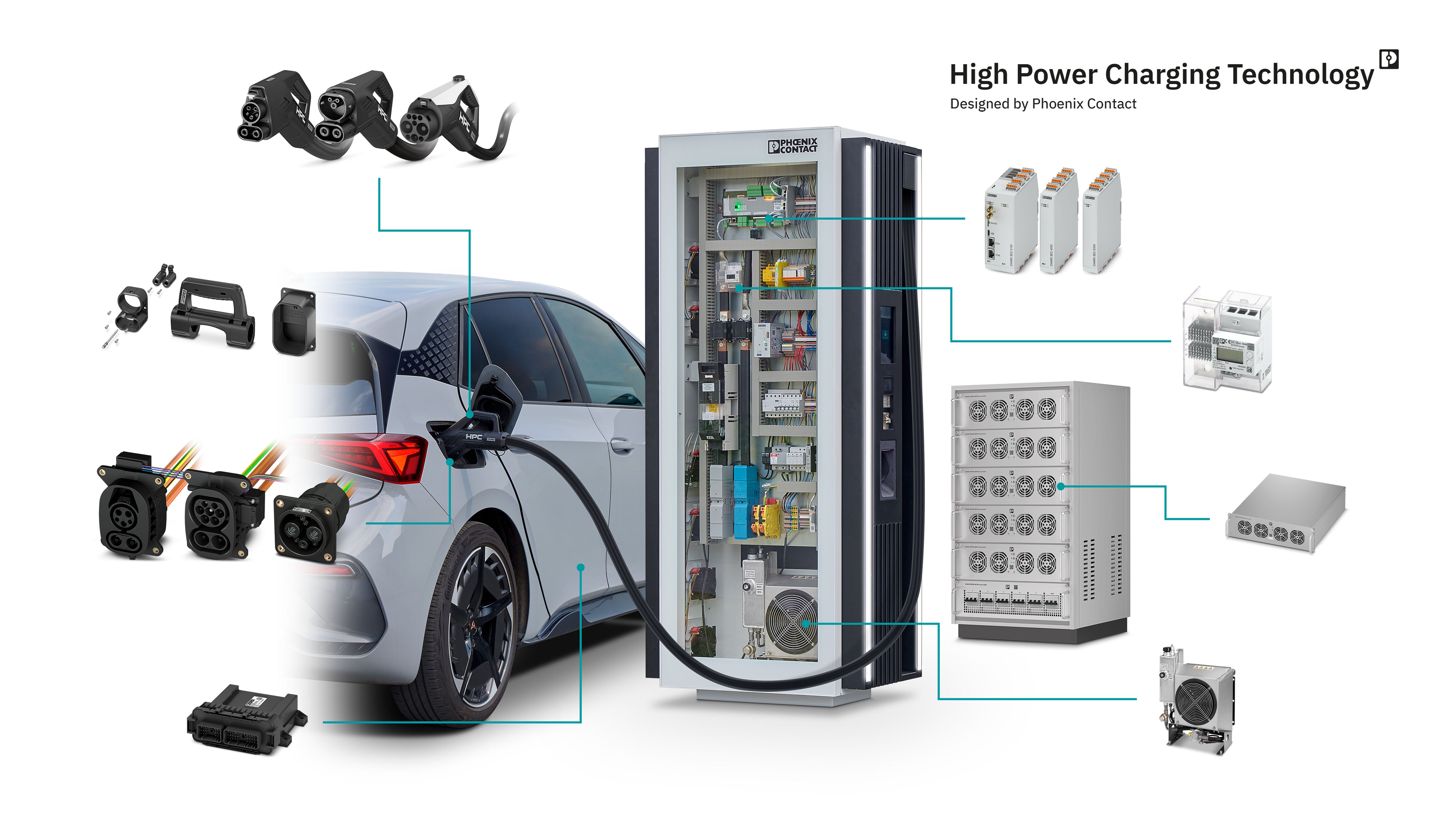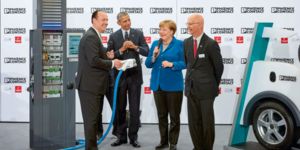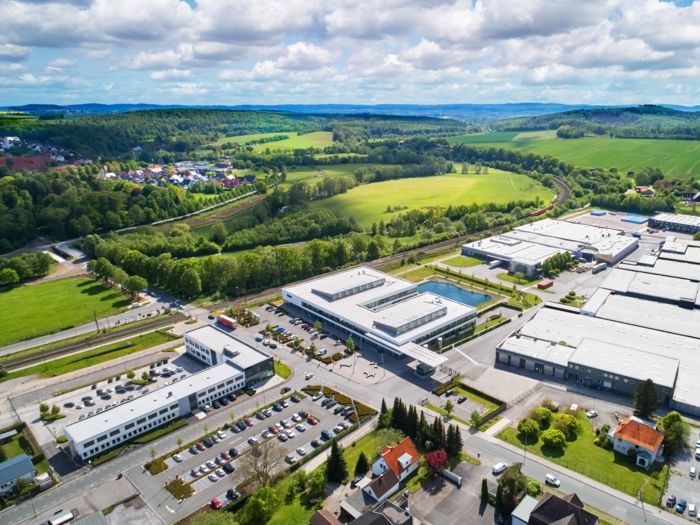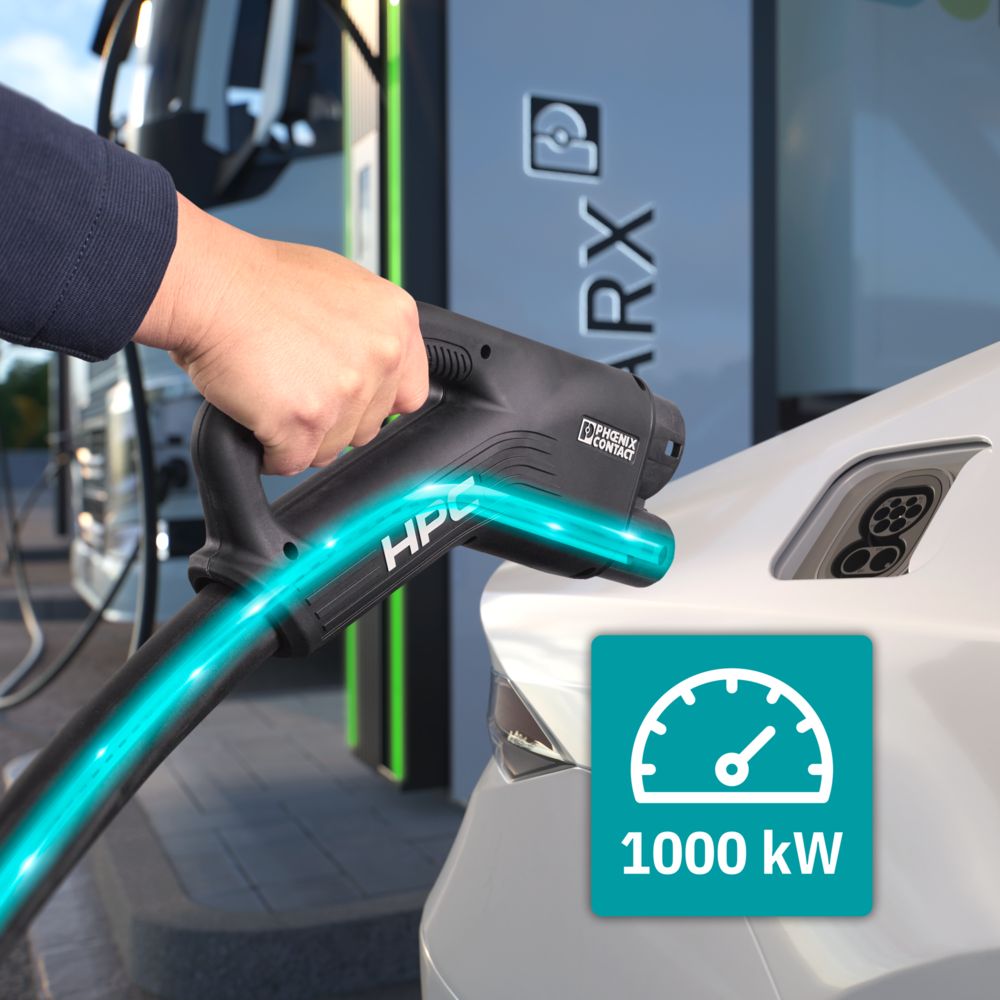
Thanks to an optimized cooling concept, the environmentally and maintenance-friendly coolant is conducted directly through the power wires, thus cooling the cable and contacts very efficiently. This makes CCS charging with up to 1,000 kW in Boost Mode possible for the first time.

